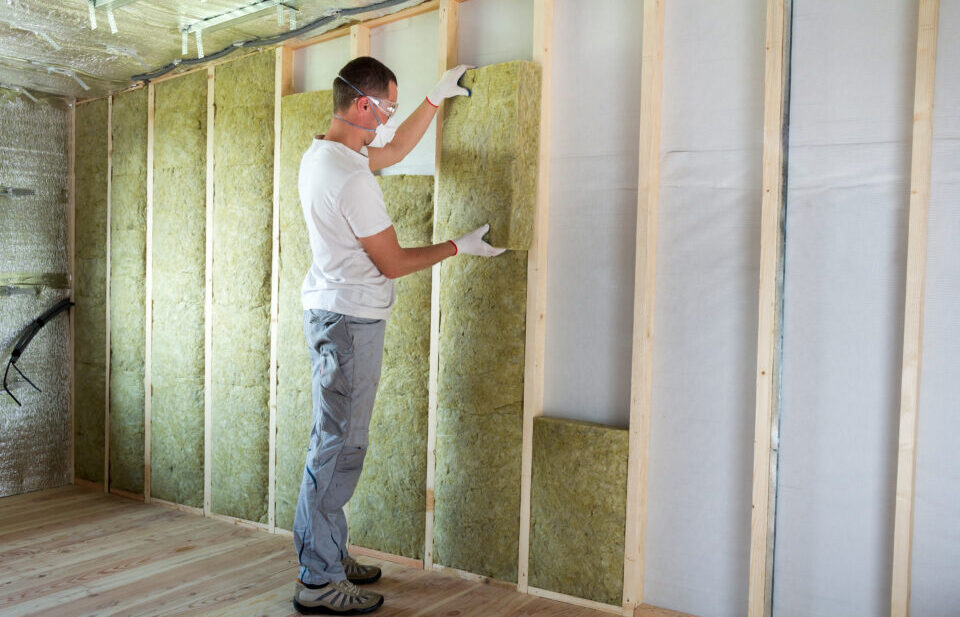
Fireproof Insulation:
Fireproof insulation materials are designed to resist or slow down the spread of flames and provide protection in the event of a fire. They are commonly used in buildings to enhance fire safety. These materials often include mineral wool, fiberglass, and specially treated foams. However, the challenge lies in balancing fire resistance with environmental considerations, as the additives that make materials fireproof can sometimes hinder their natural degradation.HEPL has developed a special material using biotechnological research, which can resist fire upto very high temperatures 300 centigrade for hours of exposure.
The material is produced after years of rigorous research with the leading institutes and has been tested across various industrial designs.
Compostable Packaging:
Compostable packaging materials offer an environmentally friendly alternative to traditional plastics. Made from plant-based sources like cornstarch and cellulose, they break down into organic matter in composting conditions. These materials contribute to reducing plastic waste and pollution. While compostable packaging is a sustainable choice, ensuring compatibility with existing composting facilities and meeting specific application requirements are key considerations.
Achieving both fireproof and compostable properties in insulation and packaging materials can be complex due to the contrasting demands of fire resistance and rapid degradation. Striking the right balance between safety, sustainability, and practicality remains an ongoing challenge that researchers and manufacturers are addressing to create more eco-conscious solutions.
HEPL has developed a material with is not only fireproof, but also compostable. This material of exceptional genius can be produced in shape, size as per customer requirements of packaging required for their own products.
Mold it – Store it – Ship it -> in a fireproof, shockproof way mode.
Or
Insulate it – protect it -> reduce your building temperatures by 20 degrees
prevent outside cold-heat from entering the building.


